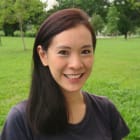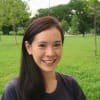She lost a baby patient 14 years ago as a junior doctor – now she fights to save others from rare diseases
For patients with conditions so rare they’re almost unheard of, finding help can feel impossible. Working on the frontlines of genetics, Dr Chin Hui-Lin helps them and their families with the all-important diagnosis, giving answers as early as possible so they have the best chance at a better outcome.
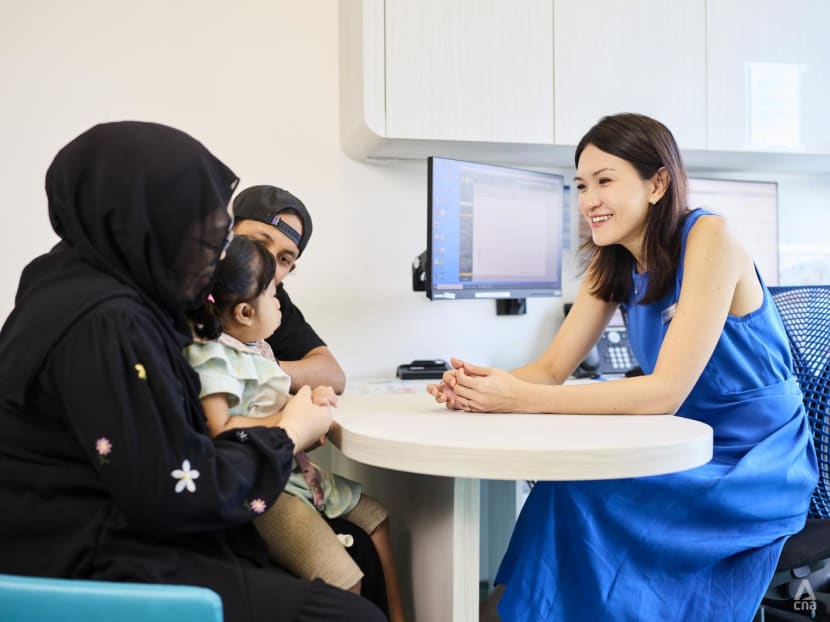
Geneticist Dr Chin Hui-Lin with a young patient who has oculocerebrofacial syndrome, a rare disorder that may cause vision problems, intellectual disabilities and distinct facial features. (Photo: CNA/Aik Chen)

This audio is generated by an AI tool.
The baby was gravely ill from the moment she was born – her red blood cells, which carry oxygen to her body and vital organs, were breaking down faster than her body could replace them.
This happened 14 years ago, but Dr Chin Hui-Lin remembers every detail.
Even before birth, prenatal scans had shown she was unusually swollen – a sign something was deeply wrong. Then a young medical officer, Dr Chin stood in the delivery ward beside senior doctors, ready to do whatever it took to save the baby.
Within hours of life, the tiny newborn underwent countless tests and exchange transfusions, in which her blood was exchanged with donors’ blood.
“I stood by her the whole night. I did not walk away from her bedside,” Dr Chin recalled soberly.
The baby fought bravely for six months, cycling in and out of intensive care, undergoing repeated transfusions, and surviving on a ventilator. She eventually succumbed to her illness.
On the hardest nights, Dr Chin recalled receiving distress calls from the parents. She had no clear answers for them then.
The answer finally came after the baby’s passing: A rare genetic blood disorder, congenital dyserythropoietic anaemia Type 1 – a name few can even pronounce. The condition is so rare that fewer than one in a million people are diagnosed with it.
But for the grieving family, having a name for their baby’s suffering gave them some closure. It also allowed them to do prenatal testing to ensure their next child did not inherit the same condition.
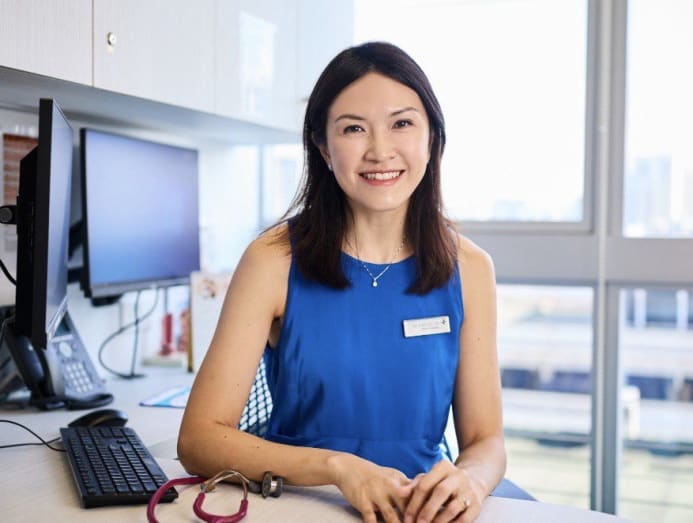
This heart-wrenching experience shaped her career. Today, the 38-year-old is a senior consultant, paediatrician and geneticist specialising in rare diseases at the Division of Genetics and Metabolism, Khoo Teck Puat - National University Children’s Medical Institute, National University Hospital.
Her mission: To give patients answers as early as possible so that they have the best chance at a better outcome.
WHAT ARE RARE GENETIC DISEASES?
Rare diseases are conditions so rare that they affect fewer than one in 2,000 people, explained Dr Chin. Around 3,000 people in Singapore live with such diseases.
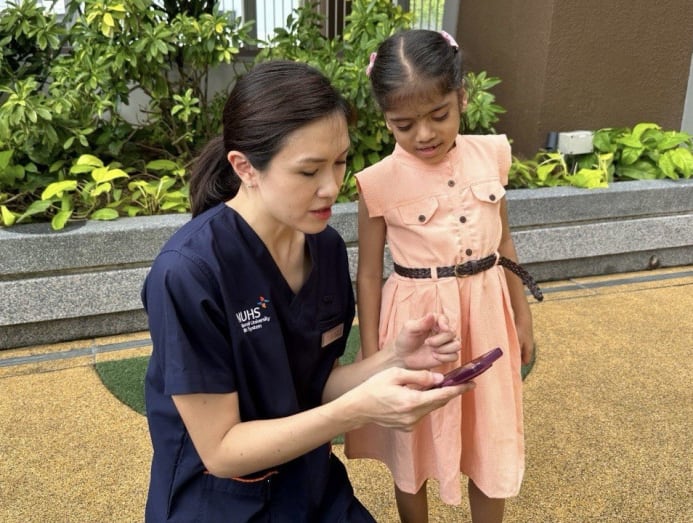
There are 7,600 known genetic diseases. Genetic disorders are usually caused by differences or changes in the genes that a person is born with.
These can be inherited from parents with the same condition, or who are genetic carriers of a recessive condition. They can also be a new occurrence not inherited from either parent, Dr Chin told CNA Women.
More well-known rare diseases include Down syndrome, and achondroplasia, commonly known as dwarfism, which affects bone growth. There’s also Turner syndrome and Noonan syndrome, both of which can lead to physical differences such as short stature, heart defects, and developmental or learning delays.
Rare disease can affect any body part or system, including the brain, eye, ear, heart or blood, Dr Chin said.
Some conditions, like inborn errors of metabolism – where the body cannot properly convert food into energy, leading to a buildup of toxic substances – are diagnosed in infancy. All newborns in Singapore are screened for this and affected infants are put on medical milk formulas, special diets and medication.
CRACKING THE CODE ON RARE DISEASES
Since they are so rare and symptoms often non-specific, many conditions can be difficult to diagnose.
While some are picked up in infancy, others are only diagnosed in childhood or much later, at 15, 20 or even 30 years of age, Dr Chin said. Her oldest patient was in her seventies.
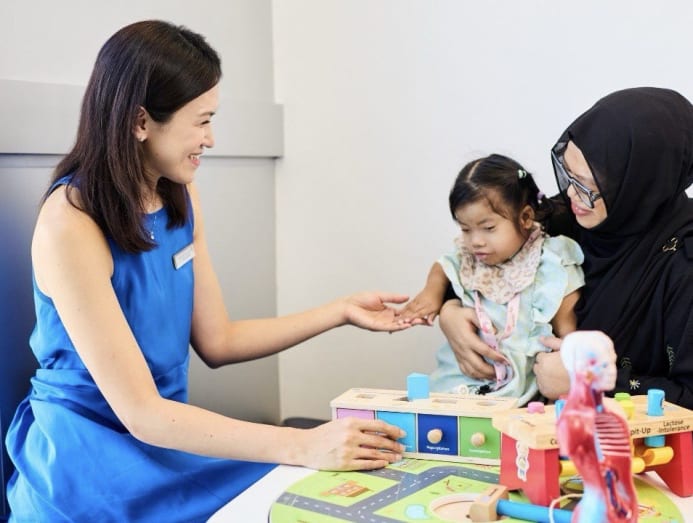
Many patients go through a “diagnostic odyssey” – the long journey from the onset of symptoms to receiving a definitive diagnosis. One American paper reported that this journey takes an average of eight years, Dr Chin, who became interested in genetics after doing a group project on it in secondary school, noted.
During this time, patients may have seen multiple doctors in search of answers. When they finally reach Dr Chin, they are often exhausted, helpless and at their wit’s end.
Dr Chin starts by systematically considering common causes but doesn’t stop searching until she has considered the rarest of conditions.
If a genetic condition is suspected, she draws out a family tree to investigate further.
Since having two or more congenital anomalies increases the risk of a genetic disorder, she measures body parts such as the size, slant and distance between eyes, as well as ears, nose, mouth, roof of mouth, teeth, hands and legs, using a ruler.
She also looks out for other congenital anomalies such as extra fingers, hearing loss, heart and kidney defects, and atypical early-onset dementia.
Then, from hundreds of different types of genetic tests, Dr Chin narrows it down to the most suitable ones, evaluating complex genetic reports to derive a diagnosis. This process usually takes between a few weeks to a month.
DIFFICULT TO DIAGNOSE, HARDER TO ACCEPT
Receiving bad news is always hard, but the diagnosis of a rare and serious genetic disease can be particularly difficult and isolating, Dr Chin reflected. Many patients struggle with social stigma.
“Unlike your typical physician consult, you cannot talk about a life-changing diagnosis like that in 15 minutes,” she said. The geneticist once explained a diagnosis to a young patient’s family for seven hours over three separate sessions.
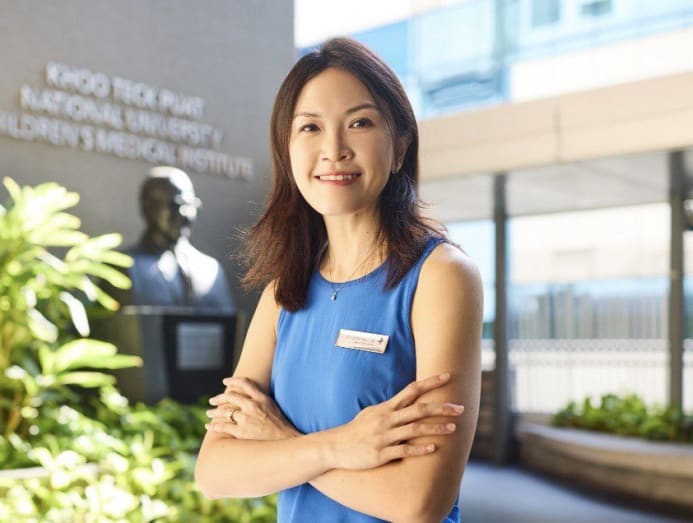
“Sometimes, patients find themselves grasping at straws,” she added. “They ask if we have other cases in Singapore so that they don’t feel so alone.”
In many cases, they may find none. Instead, Dr Chin directs patients to international support groups where available, or the rare patient who shares their journey on websites or Facebook.
Patient information leaflets are also often lacking. Instead, the geneticist scours for research papers, highlighting relevant portions for patients.
Nonetheless, a diagnosis is pivotal because it helps doctors prescribe more targeted medication to address symptoms and oftentimes, slow the disease progression. Early intervention may even prevent symptoms from developing.
As part of her role, Dr Chin offers in utero testing to identify foetal abnormalities and help couples understand medical concerns, risks, and caregiving needs. She also offers preconception genetic counselling for couples at risk of passing on genetic conditions, discussing potential risk and testing options.
THE FUTURE OF GENETICS
Today, genetics is rapidly developing thanks to next-generation sequencing techniques and more powerful genetic tests, said Dr Chin.
“There are 20,000 genes in the body, and the rate of gene discovery is as high as one gene a day at this point,” she added.
Some patients who were unable to get a diagnosis for years have finally found answers because of the discovery of a new gene, the doctor reported.
Additionally, genetic tests are becoming more affordable than before – they can start from a few hundred dollars and go up to a few thousand. With the advent of new gene therapies, conditions that were once incurable are now becoming treatable as well.
One example is spinal muscular atrophy (SMA), a genetic condition that can lead to muscle weakness, respiratory failure, the inability to eat normally, and a lifelong need for mobility aids, breathing devices and tube feeding.
With gene therapy and available targeted treatments, the progression of this condition has been significantly improved. Some patients with SMA Type 2, which typically presents between six and 18 months of age, have been able to walk with support, and breathe and eat without assistance, she said.
For new treatments that are not yet available in Singapore, Dr Chin works with her team to bring these medications into the country. They also help families access therapies overseas.
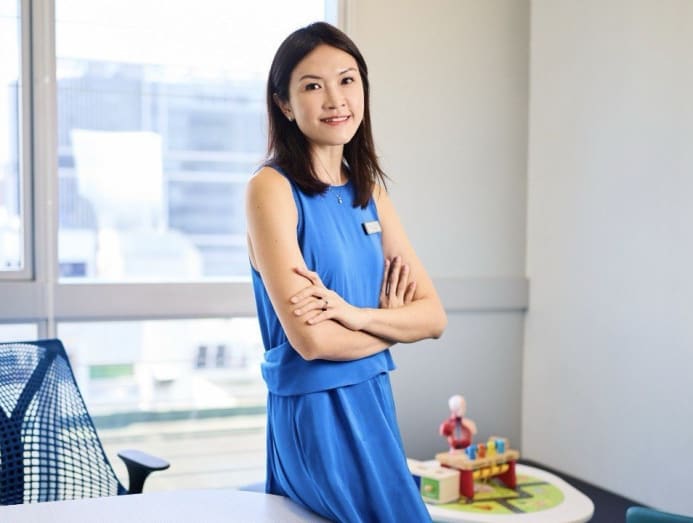
That said, there are still grey areas – “factors that we cannot really understand, things that we cannot test for, things that we cannot control”, Dr Chin said.
And unfortunately, a third of children with rare genetic conditions die before they turn five, Dr Chin added.
But the mother of two children aged eight and six said that what never fails to inspire her is the tenacity of families determined to care for their children against all odds.
The children themselves also show incredible resilience.
“I love how children bounce back. Even when they’re really sick, they still find the energy to play. Children bring a lot of hope,” she said.
That, said Dr Chin, is one reason she continues her tireless race to find answers for some of the world’s rarest conditions.
CNA Women is a section on CNA Lifestyle that seeks to inform, empower and inspire the modern woman. If you have women-related news, issues and ideas to share with us, email CNAWomen [at] mediacorp.com.sg.


